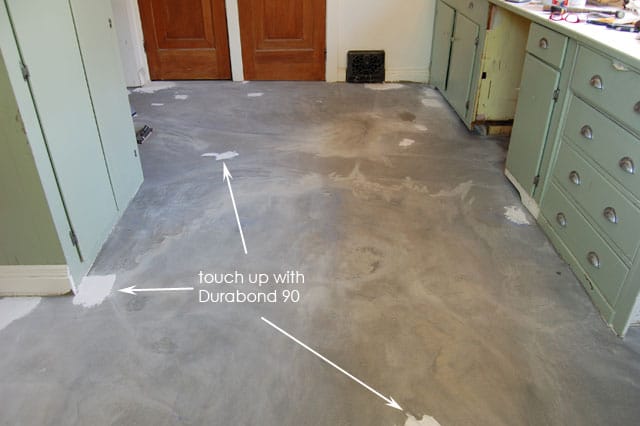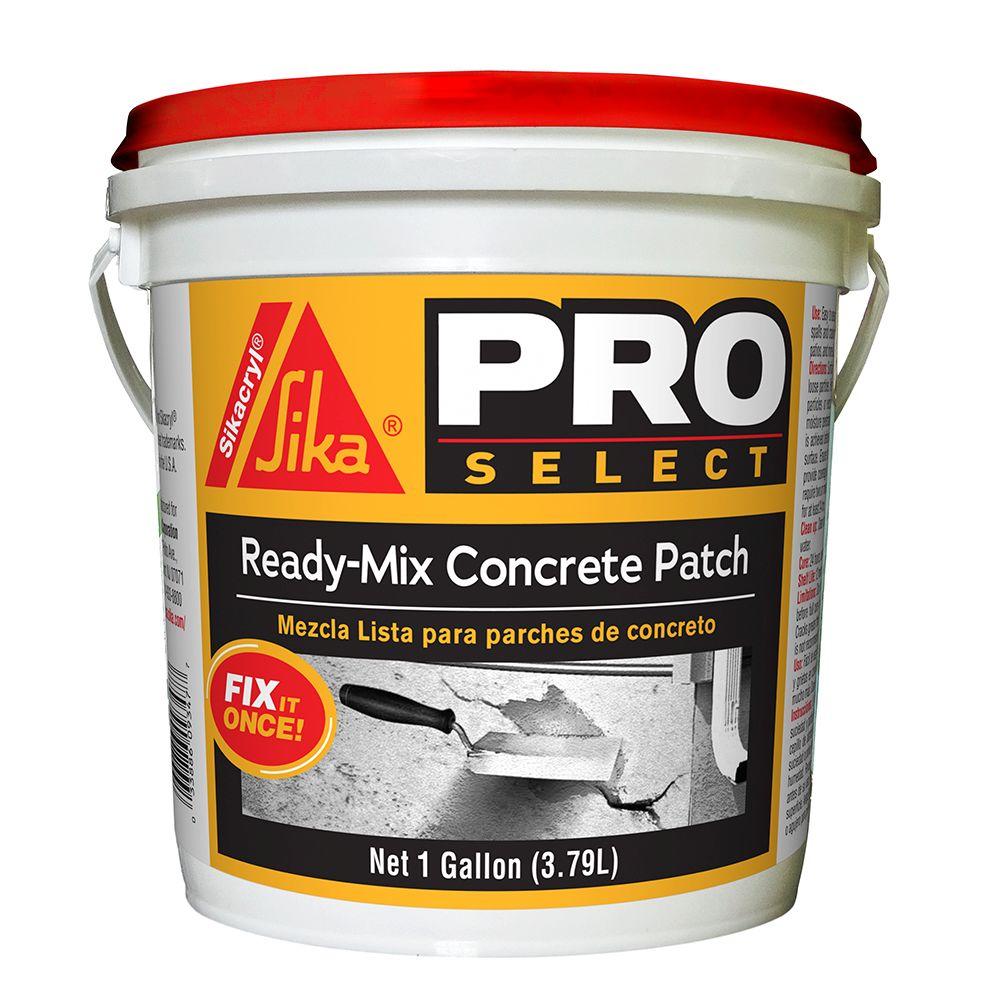How Long Does It Take For Concrete Patch To Dry
Newly-laid cementitious screeds and concrete contain relatively large amounts of water, which need to be retained while the cement binder is gaining strength.Full strength may not be achieved for a period of 28days♨️but screeds should be kept moist for at least 7days ⚠️ to allow sufficient strength gain before drying is allowed. After this period, retained water needs to evaporate away until a normal moisture content is reached. During this time shrinkage occurs to compensate for the volume loss of water.Tiling a screed too soon whilst the substrate is still stabilising can result in tiles blowing away from their base (heaving) as the screed shrinks below. Concrete substrates take far longer to reach stable equilibrium than sand and cement screeds due to their greater thickness.Hope this helps!T.G 2018-11-03T06:55:01+00:00Answered 3rd Nov 2018.

How long before or after a rain storm should you wait to seal your concrete? You should wait at least 24 hours before or after it rains, or before or after your concrete gets wet, to apply a concrete sealer. This window can change depending on the type of concrete sealer you are applying, but 24 hours is a good guideline to follow.Why should you wait to 24 hours to seal your concrete before or after it rains? There are a few reasons why you should wait at least 24 hours to seal your concrete:.
While the surface of the concrete may appear dry, water and moisture is still present in the pores. This is very important, especially when applying an acrylic sealer. Water and moisture want to escape, it is a natural reaction.
How Long Does It Take For Concrete Patch To Dry Skin

If an acrylic sealer is applied to concrete that has water or moisture in the pores, the acrylic sealer will delaminate (turn white) when the water or moisture tries to escape. It is best to wait for the concrete to dry so you don’t have to spend time repairing a sealer or coating. Water and oil don’t mix well. If you have ever put water and oil into a cup, you would see that the two separate and don’t mix well together. The same happens if you apply a solvent based sealer to concrete that has water or moisture on the surface of within the pores. The water and solvent will repel and you risk stopping the sealer from being able to react. This can result in sealer failure, concrete staining (dark spots), or delamination (white hazy film).
If a sealer is applied and then it rains, that is also a problem. Rain can dilute unreacted material and interrupt the chemical reaction that takes place.
This can not only hurt the sealer, but cause staining on the surface (dark or white spots). When rain comes into contact with an uncured acrylic, it will cause the acrylic to delaminate and turn the entire surface white.As you can see, wet concrete causes more issues than benefits, especially when it comes to water repellent sealers and acrylic sealers. The only type of concrete sealer that can be applied to wet concrete is a concrete densifier because densifiers use water to penetrate through the surface of the concrete. Water isn’t always a good thing though. If a densifier is applied and then it rains immediately after, you chance diluting the silicate sealer too much.
If this happens, additional coats will be required.Other articles:. Rugby 18.